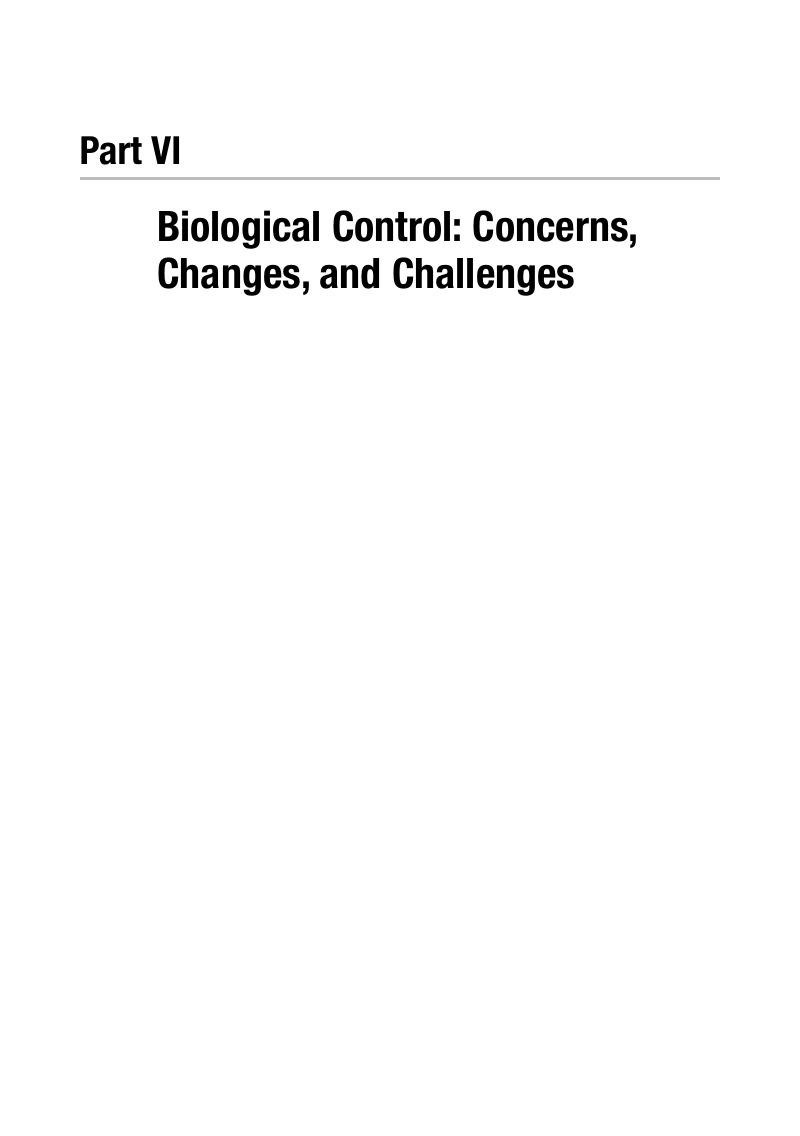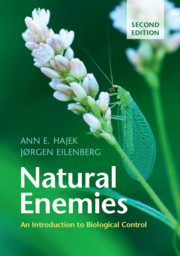Book contents
- Natural Enemies
- Natural Enemies
- Copyright page
- Contents
- Preface
- Acknowledgments
- Part I Introduction
- Part II Strategies for Using Natural Enemies
- Part III Biological Control of Invertebrate and Vertebrate Pests
- Part IV Biological Control of Weeds
- Part V Biological Control of Plant Pathogens and Plant Parasitic Nematodes
- Part VI Biological Control: Concerns, Changes, and Challenges
- Glossary
- Bibliography
- Index
- References
Part VI - Biological Control: Concerns, Changes, and Challenges
Published online by Cambridge University Press: 06 July 2018
- Natural Enemies
- Natural Enemies
- Copyright page
- Contents
- Preface
- Acknowledgments
- Part I Introduction
- Part II Strategies for Using Natural Enemies
- Part III Biological Control of Invertebrate and Vertebrate Pests
- Part IV Biological Control of Weeds
- Part V Biological Control of Plant Pathogens and Plant Parasitic Nematodes
- Part VI Biological Control: Concerns, Changes, and Challenges
- Glossary
- Bibliography
- Index
- References
Summary

- Type
- Chapter
- Information
- Natural EnemiesAn Introduction to Biological Control, pp. 325 - 388Publisher: Cambridge University PressPrint publication year: 2018



